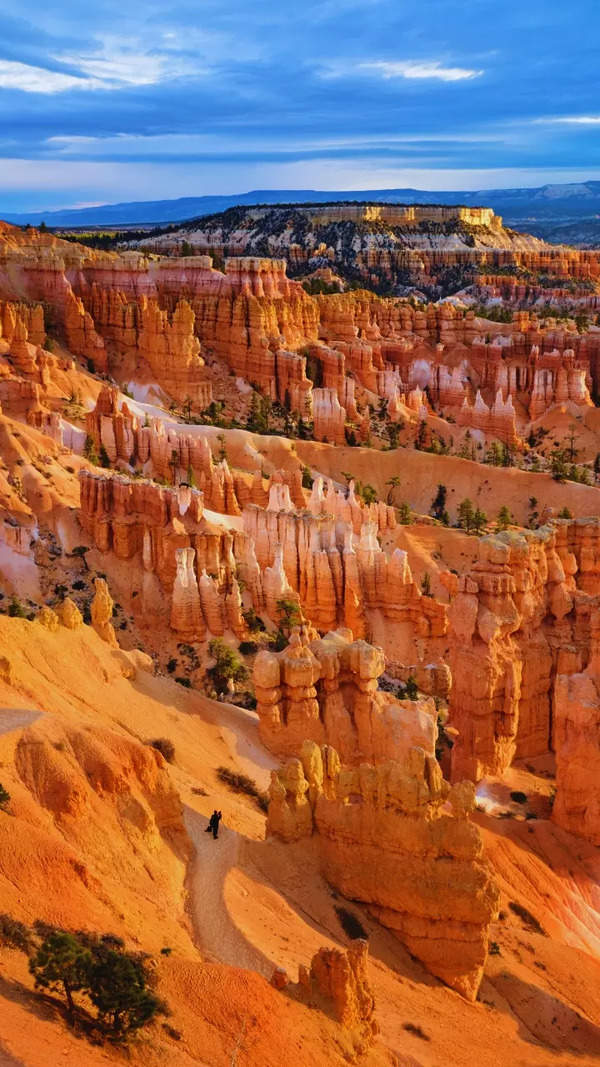Trending
Don't miss it! Seven planets to line up in the night sky for the last time until 2040
A rare 'planetary parade' will enable stargazers to view all seven planets of the solar system after sunset this week. Venus and Jupiter will be the brightest, while Saturn and Mercury will be more challenging to spot. Ideal conditions are necessary to see Uranus without a telescope.
If you love stargazing, this week brings a special opportunity—one that won’t come again until 2040. A rare "planetary parade" will allow viewers to spot all seven planets of our solar system in one evening. For those who enjoy looking up at the night sky, this might be the last chance to witness such a spectacle for nearly two decades.
When and Where to Look

Which Planets Can You See?
Difficult but Possible: Mercury and Saturn will be low on the horizon, requiring a clear view and good timing.
Telescope Needed: Uranus and Neptune won’t be visible to the naked eye, but a telescope will help spot them.
Tips for the Best Viewing Experience
If you're hoping to see Uranus without a telescope, ideal conditions are necessary. "Technically, it is visible to the naked eye, but you’d need perfect eyesight and a very dark sky," Dr. Bloomer explains.

Don’t Miss This Once-in-a-Decade Event
End of Article
FOLLOW US ON SOCIAL MEDIA
Visual Stories
Tired of too many ads?






